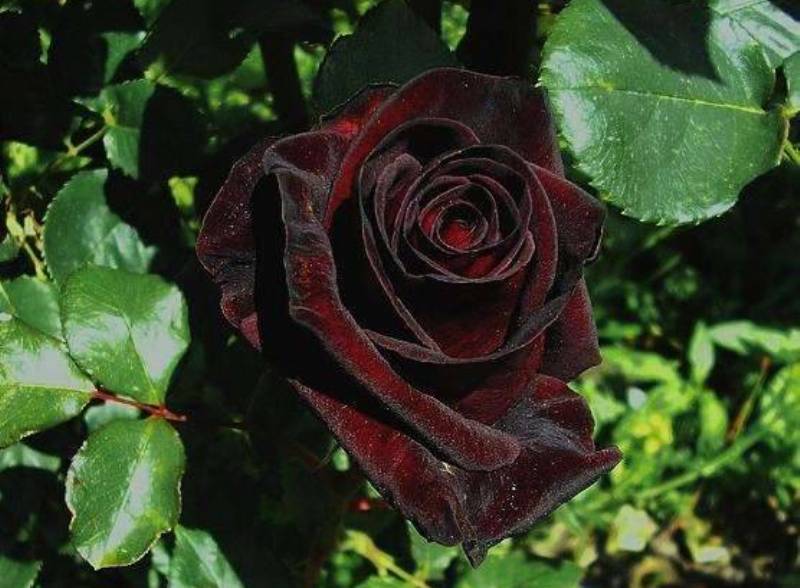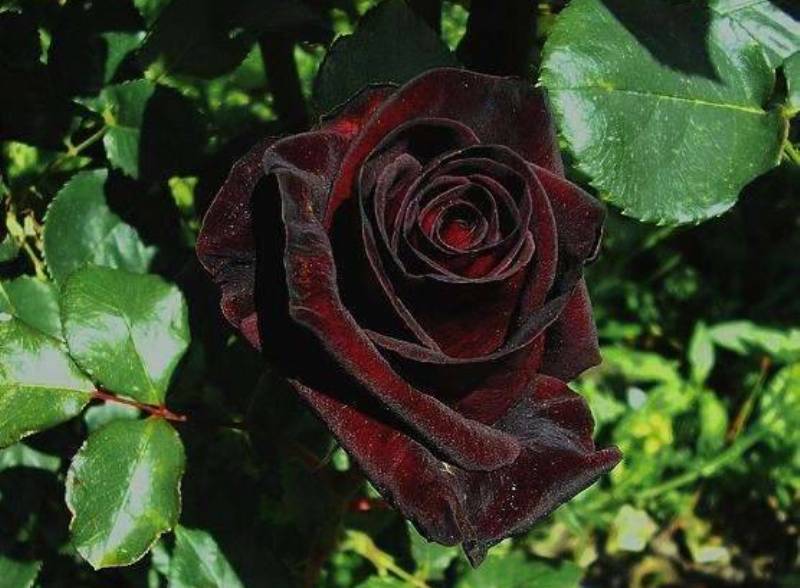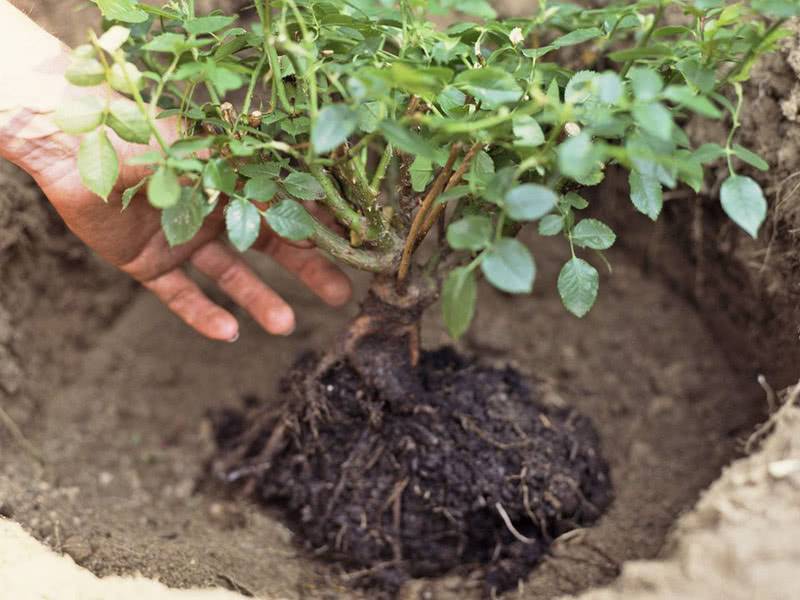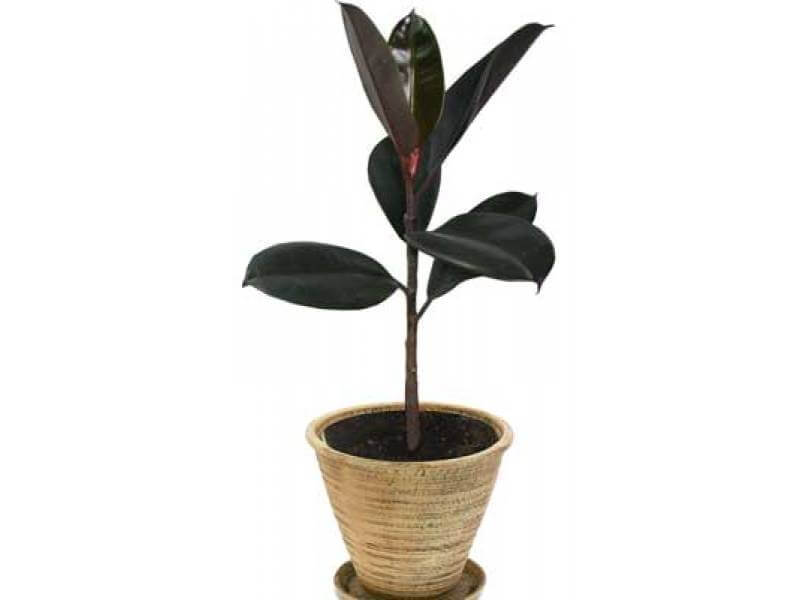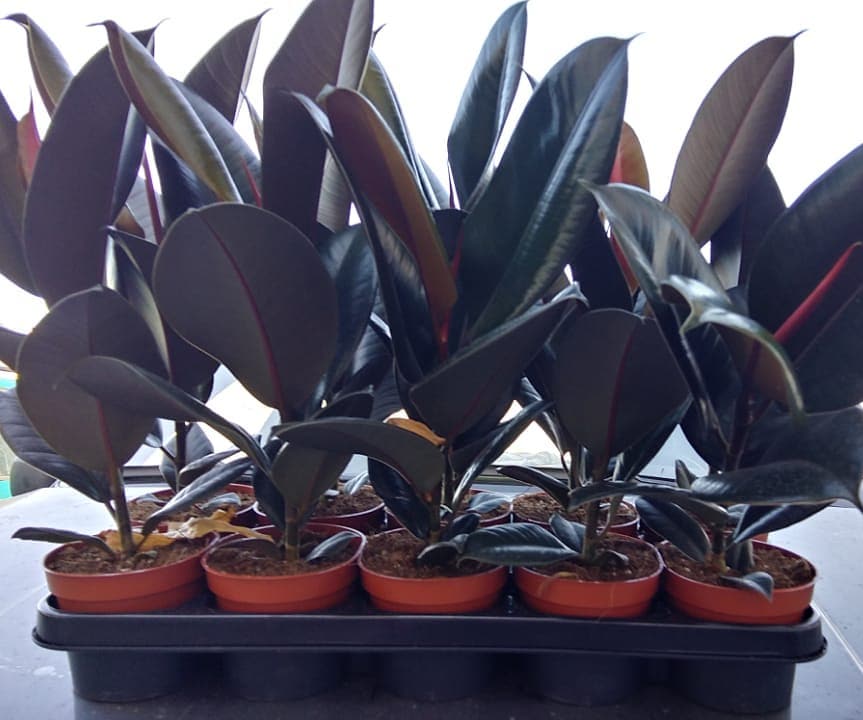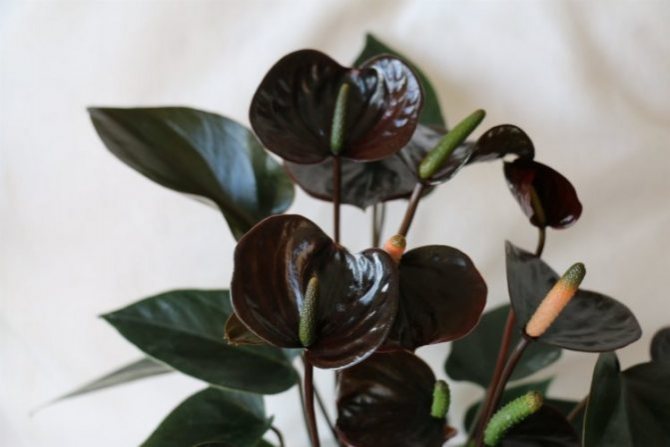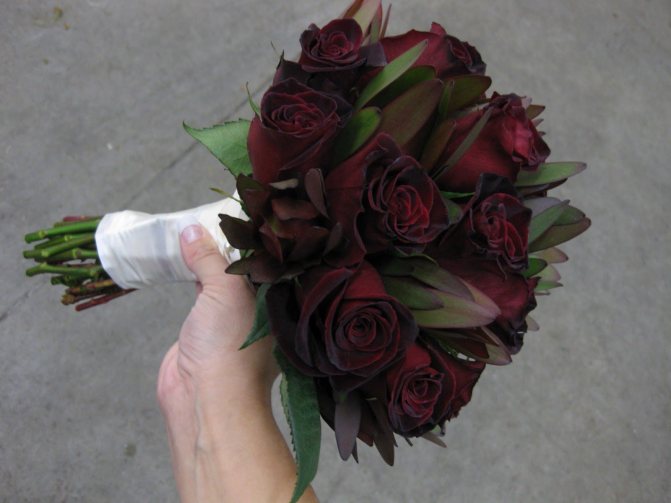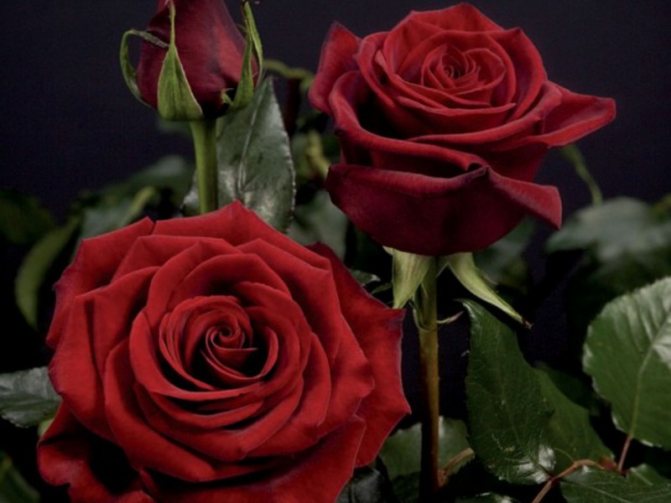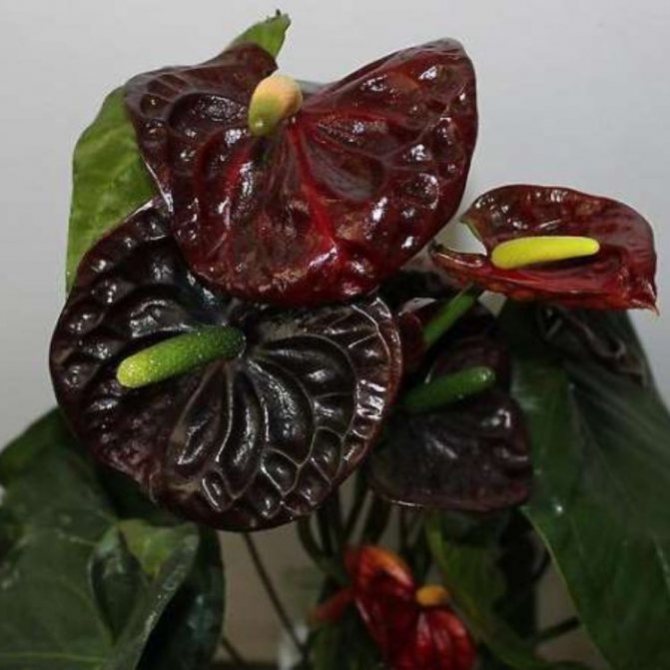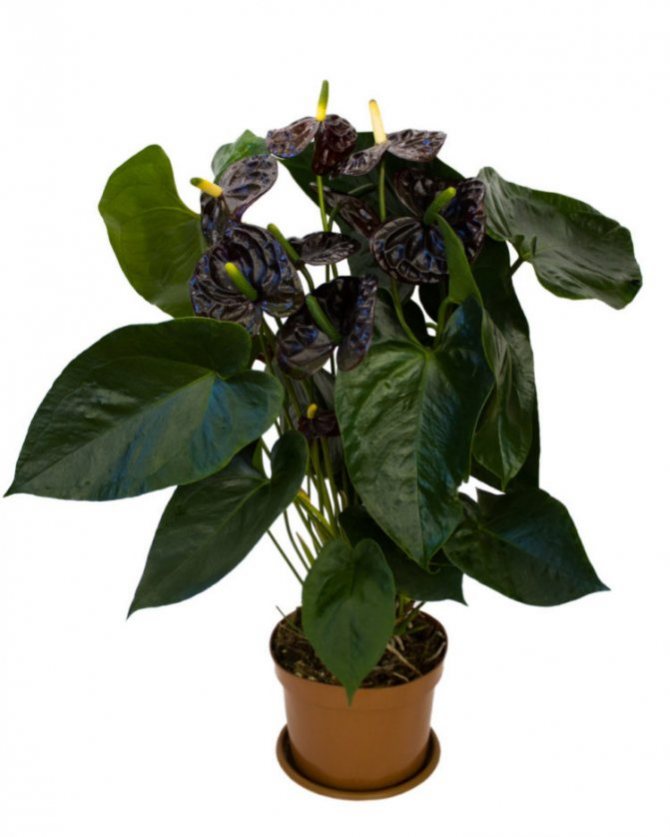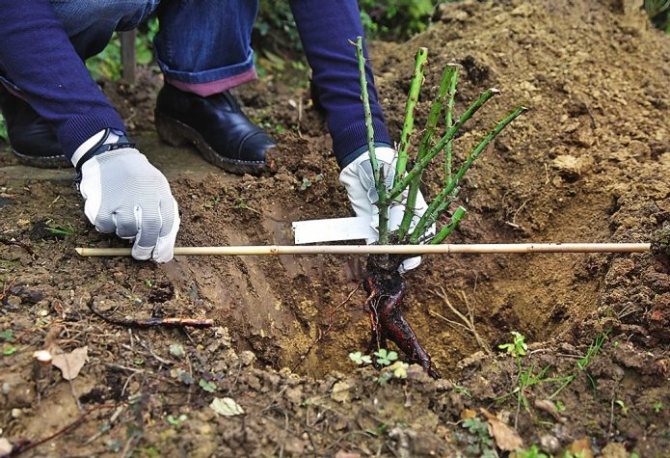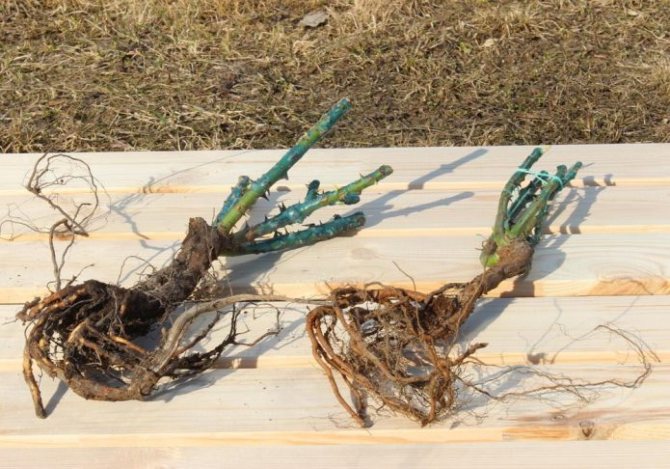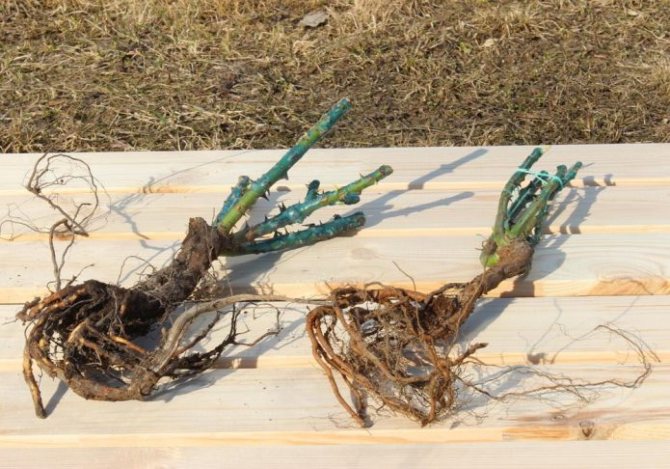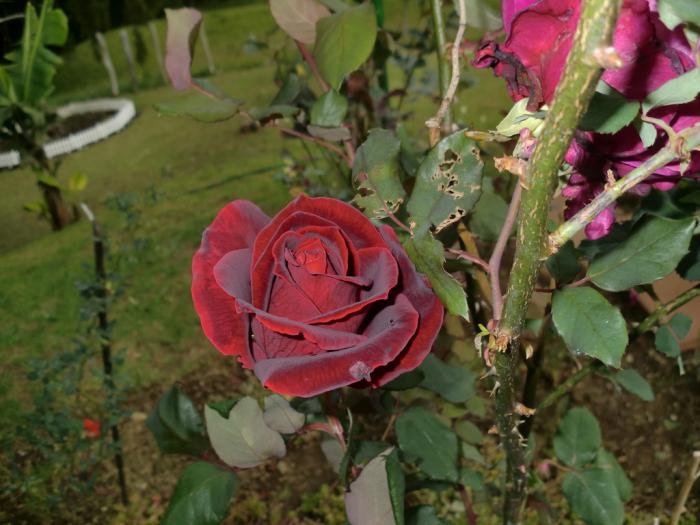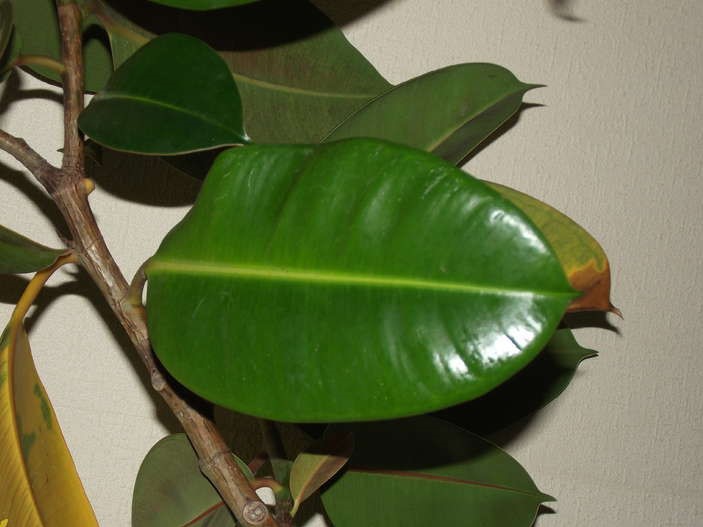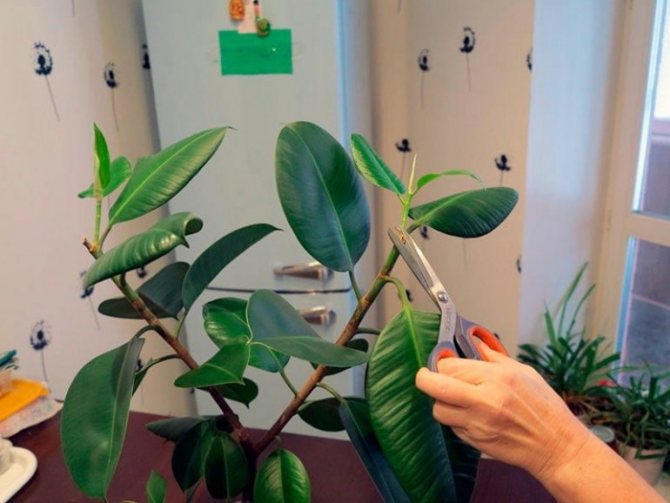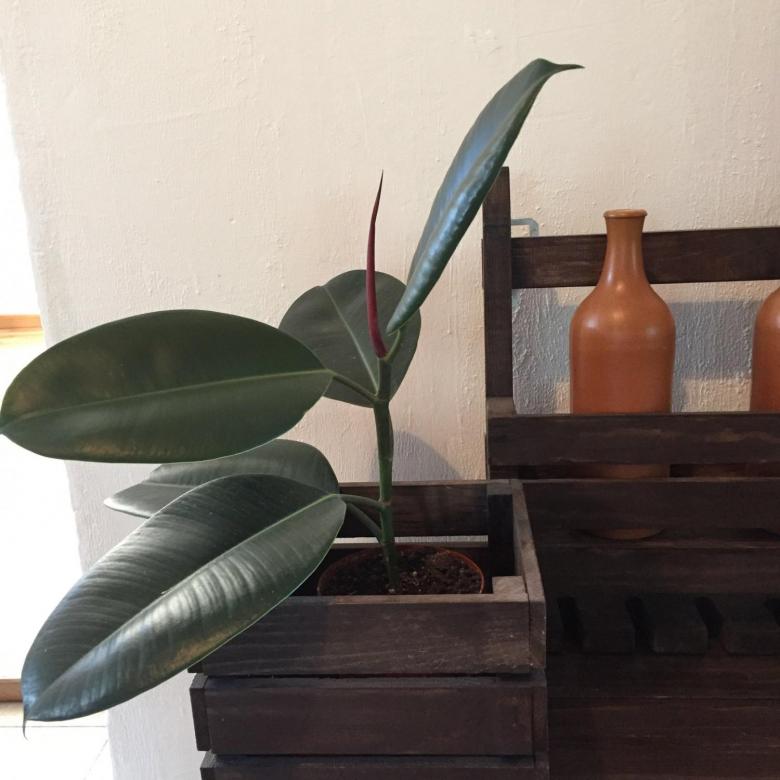An incredibly attractive and luxurious rose, the favorite of many flower growers, is rightfully considered the queen of flowers. There are a huge number of species and varieties of roses in the world that delight with their beauty, aroma and variety of colors. One of the brightest and most exotic varieties of roses, which belongs to the hybrid tea group, is the "Black Prince" or "Black Prince" rose. This is one of the oldest and most popular varieties to this day.
The velvet petals of the Black Prince are maroon, purple, almost black. For the first time this variety was bred in the 19th century, currently breeders are creating newer and no less spectacular dark-colored, almost black varieties of roses, but, nevertheless, the Black Prince does not lose its popularity and does not cease to amaze with its magical charm and unearthly beauty. How to plant a black rose and properly care for a royal flower?
Rose black prince: description
Rose Black Prince is a luxurious old variety with a rich dark tone, bred in Britain. In fact, black roses are a myth. Breeders have long proven that it is impossible to achieve an absolutely black shade of rose petals, since there is no gene in nature that would give the petals such a color.
Roses of the Black Prince variety are purple, burgundy flowers of very dark, almost black tones. In bright light, the Black Prince rose appears purple, with a crimson tint, and in the shade it looks maroon, almost black. The edges of the open Black Prince flower petals have a richer maroon hue for a velvety, shimmery effect. In the buds, the color of the velvet petals is much darker than when the flower opens. Gradually dissolving, the petals brighten, acquiring a rich crimson, burgundy hue. The Black Prince variety of roses looks especially impressive against the background of lighter varieties of garden roses.

Characteristics and main features of the Black Prince rose
- Rose bush "Black Prince" - low, can reach a height of 1.2 meters, without pruning grows 0.8-0.9 m wide.
- The leaves are not decorative, although the bush has good foliage. The color of the leaves is dark green with a red tint.
- The variety is characterized by developed shoots, on which there are small thorns.
- On the tops of the shoots 1-3 massive buds open. The flowers are large, up to 8-9 cm in diameter, densely double. One flower consists of 40-45 petals, slightly pointed at the edge. The color of the petals is deep burgundy, with a velvety, black tint.
- The Black Prince gives a special sophistication to the rose with a magical aroma with subtle wine notes.
- The Black Prince is perfect for cutting, looks gorgeous in a bouquet and in original flower arrangements.
Care after purchase
Ficus "Black Prince": home care
When buying a plant, you need to accurately determine the variety, since most suppliers often classify other varieties as it.
At home, the tree loses its natural ability to actively branch, but with proper care it can survive over 40 years.
Watering
Watering is carried out with water with settled water as half of the upper layer of the substrate dries up.
Bloom
In any type of room, the plant, as a rule, almost never blooms.
In exceptional cases, ficus can please you with round yellow-green fruits reaching 1 cm in diameter.
Crown formation
- The crown of an already mature tree can be formed in three ways:
- Pruning, which involves the removal of not only the upper shoots, but also the nearby internodes (3-5 pieces).
- Fixation of the trunk in a bent position, which will facilitate the replacement of the lateral kidney with the dominant one.
- Puncture of a tree trunk with a sterilized thick needle by 1/3 its thickness in order to stimulate the emergence of new shoots.
Rules for planting roses Black Prince
The success of growing the Black Prince rose largely depends on the correctly chosen planting site for seedlings. Roses love light and warmth, they cannot stand strong wind bursts. Bright lighting, as well as strong shading, adversely affects the flowering of rose bushes. For growing roses in the northern and central regions, it is recommended to give preference to elevated areas of the garden so that the plant has enough lighting. In the southern regions, it is better to plant roses on a flat ground. The selected location must be well protected from dry and hot winds.
The choice of soil for planting roses Black Prince
The soil for growing roses must meet the following characteristics:
- Saplings of the Black Prince take root well in soil with a neutral or slightly acidic reaction. The more acidic the soil, the richer and darker the petals become.
- Fertile, structural, permeable soils are suitable for the cultivation of "Black Prince". Black earth loams are perfect. Heavy clayey, sandy soil should be avoided. Particularly undesirable are areas with flowing groundwater.
- To enrich heavy clay soil and create ideal conditions for growing rose bushes, sand, rotted cow dung or compost are added to it. Sandy soils are enriched with horse manure.
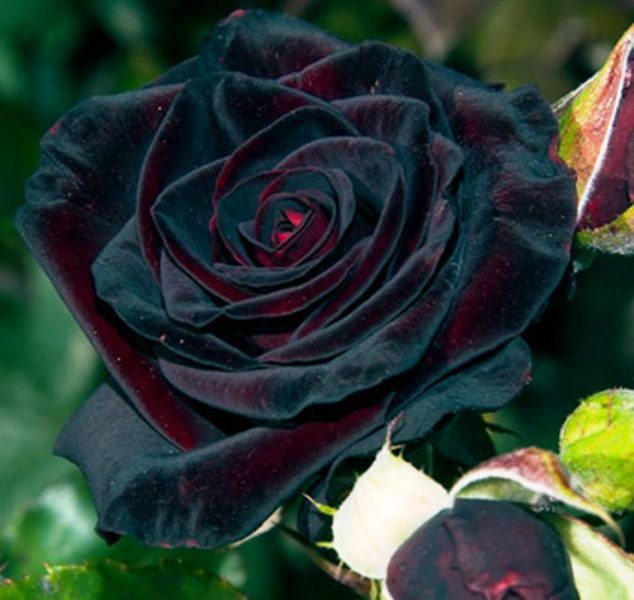

Similar flowers
Despite the "royal title", Anthurium Black Prince is quite unpretentious and hardy. With proper care, it grows quickly and multiplies easily at home.
If you find an error, please select a piece of text and press Ctrl + Enter.
Black Prince Landing
To grow chic black rose bushes, you need to follow several main rules for the correct planting of rose seedlings in the ground:
- Planting of seedlings is carried out in the spring, even before the active growing season. You can also plant rose bushes in early autumn.
- Soil preparation for planting in spring consists in deep autumn digging of the site with the introduction of mineral fertilizers, in an amount of at least 3 kilograms.
- Planting holes for seedlings should be 35 by 35 cm.
- At the bottom of the hole, a layer of compost or rotted manure is laid in the amount of 3-3.5 kg for each planting pit.
Flower propagation
Reproduction methods are shown in the table.
| Way | When is it produced | Description |
| Semi-lignified green cuttings | summer |
|
| Lignified cuttings | Spring | |
| Dividing the bush | before bud break |
|
| Layers | early spring | Layers at least 1.5 years old are separated from the mother bush and planted as an independent plant. |
How to care for the Black Prince rose?
Subsequent care for black roses consists in regular loosening of the soil, abundant watering and top dressing.
Watering roses Black Prince
The black prince loves abundant and regular watering. Lack of moisture in the soil can lead to the death of the bush. But, at the same time, it is not recommended to fill in rose bushes, since waterlogging has a bad effect on the decorative attractiveness of a flower. The petals lose their brightness and color saturation. The optimal watering regime for Black Prince roses is a bucket of water under each bush once every 5-6 days. After watering or rain, it is imperative to loosen the soil under the bush.
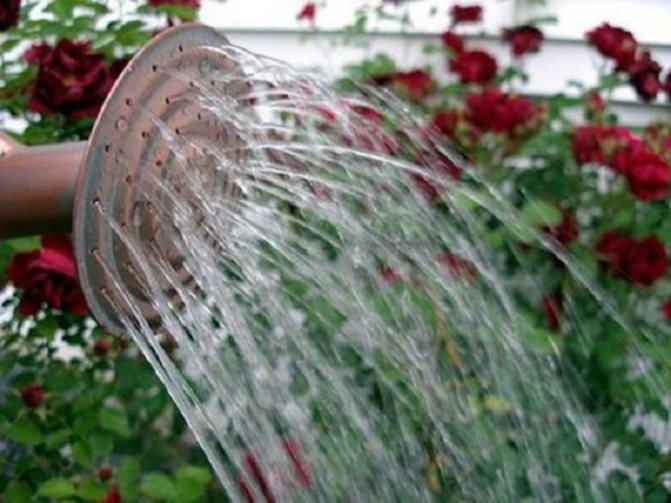

Top dressing of roses Black Prince
To maintain the protective functions of the plant, rapid growth and luxurious flowering, fertilizing is carried out twice a year. The first feeding is necessary during the formation of pink buds. Based on 10 liters of water:
- 25-30 g superphosphate;
- 10-15 g of ammonium nitrate, you can use ammonium sulfate;
- 10-15 g of potassium salt.
The third application of fertilizers falls on the period when the rose will fade. For 10 liters of water:
- 25-50 g of ammonium nitrate;
- 50-60 g of superphosphate;
- 10-15 g of potassium salt.
Pruning Roses Black Prince
An important part of caring for roses is pruning the shoots, thanks to which you can create a beautiful, attractive bush and stimulate it for a beautiful and long flowering. Roses are pruned in early spring, before the buds begin to swell. In addition to molding pruning of shoots, rejuvenating pruning of the bush is used, which ensures the rapid growth of strong young shoots.
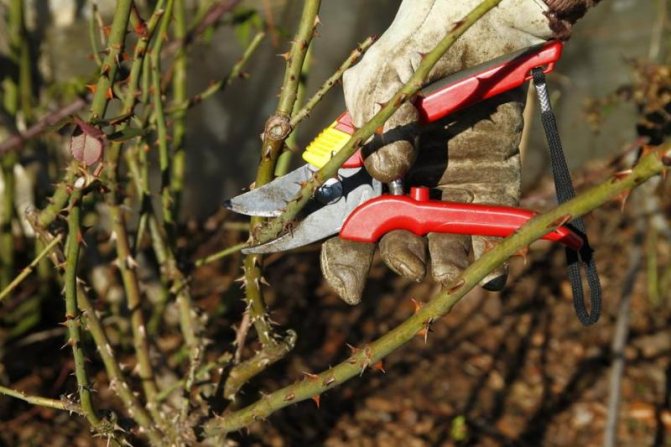

Winter Shelter Roses Black Prince
The variety of roses "Black Prince" is considered frost-resistant, able to withstand cold frosty winters down to -23 degrees. But experienced flower growers still recommend covering rose bushes for the winter, given that our winters can be severe and with little snow. Spruce branches, covering material or a plywood box with sawdust or peat will go as a reliable shelter for roses. Before the winter shelter of the bush, all dry leaves are removed from the shoots. In the spring, the shelter is removed.
The Black Prince Rose is an exotic and very showy rose bush that will surely draw attention to your garden. A dark, enchanting flower with a strong aroma, delights and falls in love at first sight. The unusual appearance of the rose makes the Black Prince variety one of the most popular among flower growers and rose lovers. You can buy seedlings of the Black Prince rose both in a flower shop and order on the Internet. Compliance with the rules of planting and regular care of flowers will allow you to grow a gorgeous black rose Black Prince in your summer cottage or in the garden.
Florist reviews
Compared with such well-known dark-colored varieties as Barcarol, Black Baccarat, Strombolli, Tradescant, Black Magic, Falstaff and Baron Gyrod de Line, the Black Prince is reviews of florists, loses somewhat. Varietal disadvantages include a relatively weak pedicel, due to which brushes with a large number of flowers can droop.
According to the observations of domestic rose growers, the Black Prince rose needs systematic preventive measures, which is due to the lack of resistance of the variety to damage by the most common diseases and plant parasites. Nevertheless, with certain skills in growing this variety and adhering to agricultural technology, it is possible to decorate your site with a very attractive and unusual rose variety that looks great both in group and in single plantings.
Pests and diseases
The black prince is very resistant to various diseases and pests.However, sometimes a scabbard or spider mite may appear on it. Rasthenia can be saved by chemical treatment.
Ficus is ill from improper care of it, such factors include: waterlogging of the earth, insufficient lighting, too dry atmosphere in the room or lack of food.
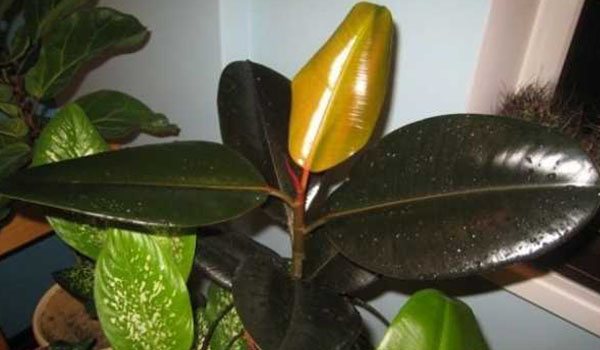

If the ficus drops leaves, then you need to choose the optimal temperature and lighting for it, and water it correctly. When yellow spots appear on the leaves, this suggests that watering is excessive, it is necessary to reduce its amount.
The black prince is a very attractive flower with decorative leaves. He will provide your clean air in the room and will serve as an original decoration for the interior of the apartment... In order for a plant to please with a beautiful appearance, it is necessary to closely monitor its health and learn how to properly care for it.
This video shows the elastica ficus and how, after pruning, it gives new side shoots.
Features of agricultural technology
When cultivating a rose, some botanical features of this decorative culture should be taken into account:
- in the northern regions of our country, for planting rose bushes, it is recommended to set aside areas on a hill so that the roses are well illuminated by the sun and have sufficient protection from the northern cold winds;
- growing roses in the southern regions is more convenient, but requires the allocation of flat areas protected from dry and hot winds for planting;
- strong shading or excessively intense lighting also has an adverse effect on the growth qualities and flowering rates of rose bushes;
- the soil in the rose growing area must necessarily be structural and have sufficient water permeability;
- chernozem loamy soils and relatively calcareous soils are best suited for cultivating rose bushes;
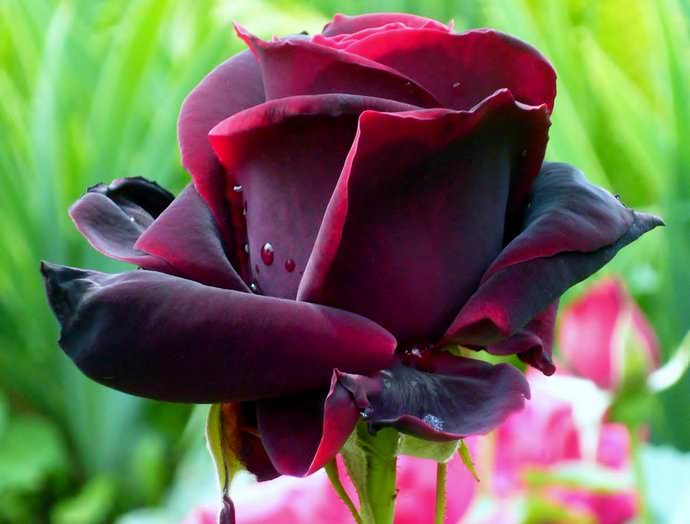

- the presence of loose and sandy soils requires improvement through the introduction of manure, and heavy clay soil can be corrected with sand, strawy rotted manure or compost;
- soil preparation should include carrying out autumn deep plowing with the introduction of mineral fertilizers;
- planting rose seedlings should be carried out in the spring, before the onset of the active growing season, or in early autumn;
- for planting annual seedlings, it is required to prepare planting holes approximately 35x35 cm in size;
- about 3.0–3.5 kg of rotted manure or compost mass should be poured into the bottom of the planting pit before immersing the root system of the rose.
The technology of growing a black hybrid tea rose variety "Black Prince" does not differ significantly from the agricultural technology of other varieties and consists in the implementation of standard measures for the care of an ornamental crop.
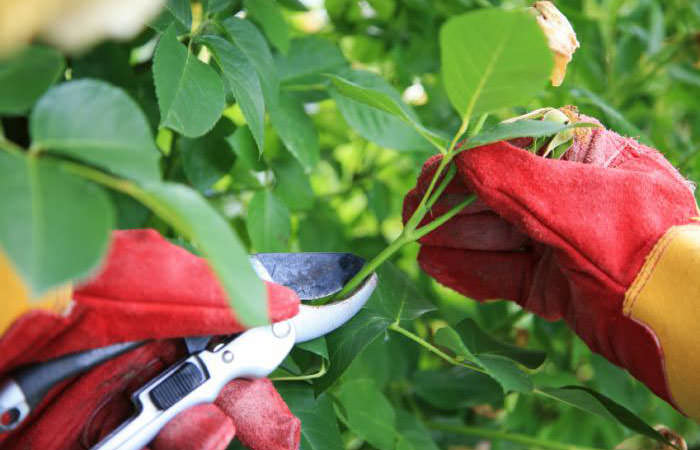

Special attention should be paid to the implementation of timely and competent pruning, which will create a high-quality plant crown and stimulate annual, abundant and long-term flowering. Pruning is done in early spring, before the bud swelling stage. It can be different:
- short pruning of shoots into two buds guarantees abundant, lush, annual flowering and forms a decorative crown;
- medium pruning of shoots for five buds is most often used when growing hybrid tea varieties;
- long pruning of the tip of the shoots and branches for ten buds is necessary for plants with too active growth;
- rejuvenating pruning of the Black Prince rose is carried out almost at the surface of the soil and promotes the formation of young and stronger shoots.
Watering of Black Prince rose bushes is done as needed. It is impossible to allow both strong drying of the soil and soaking of the root system of an ornamental culture.In hot and dry weather, watering should be carried out 3-4 times a month, spending about 2-3 buckets of water for each adult rose bush. After rains and irrigation measures, it is imperative to loosen the soil. To support the plant's immunity and improve the condition of the rose at all stages of growth and development, it is recommended to feed according to the following scheme:
- the first application of fertilizers is carried out before the formation of buds, using 10-15 g of ammonium nitrate or ammonium sulfate, 25-30 g of superphosphate and 10-15 g of potassium salt per 10 liters of water;
- the second feeding, after flowering, is carried out with a solution based on 25-50 g of ammonium nitrate or ammonium sulfate, 50-60 g of superphosphate and 10-15 g of potassium salt per 10 liters of water.


